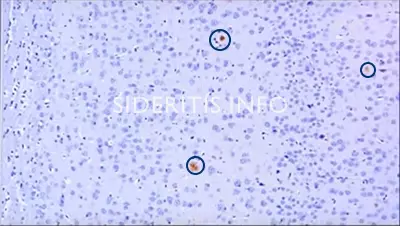3. Risk Factors Alzheimer’s
All parts
The known risk factors for developing Alzheimer’s dementia are age, a mother with Alzheimer’s, mutations in APP, PSI, PSII, Alzheimer’s patients in the family, ApoE ε4 and gender. Women are affected more often than men. This is attributed to the average age of women.
There are a few possible risk factors, including low estrogen, trauma, (brain damage), and educational level.
Risk factors for the development of familial Alzheimer's dementia
Alzheimer’s dementia is broken down into two forms. One of these forms is familial Alzheimer’s dementia, a presenile dementia that occurs relatively early. Those affected have mutations in three genes, the amyloid precursor protein, (APP), in the degradation enzyme presenilin, (PSI), and in presenilin II, (PSII), a degradation enzyme similar to PSI.
About 450 families are affected worldwide. The disease occurs very early, between the ages of 25 and 35, and the course of the disease is very short, (up to 5 years).
Risk factors for the development of sporadic Alzheimer's dementia
The other form is sporadic Alzheimer’s dementia, (senile dementia), which affects 99% of all patients. There is no mutation in the known Alzheimer’s dementia genes. There are different areas in the genes that can be altered. The only known and recognized risk factor is apolipoprotein E, specifically the ε4 allele. If you have this allele, the chance of developing Alzheimer’s increases by 100 percent.
How are deposits formed in Alzheimer's disease?
The amyloid precursor protein can be cleaved by two enzymes, (γ-secretase and β-secretase). This creates a small fragment. This can aggregate and ends up in large aggregates – the amyloid plaques.
The small precursors of the amyloid plaques, the Aβ peptides, can flow through the brain substance between the neurons and prevent the formation of new synapses. The amyloid plaques have so far been regarded as the actual cause of the disease. However, the amount of plaques does not matter at all, but the precursors, (Aβ peptides), are decisive.



